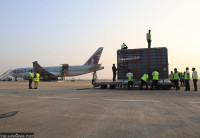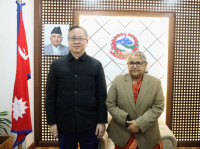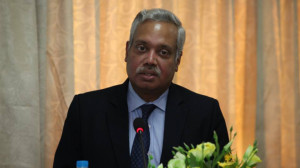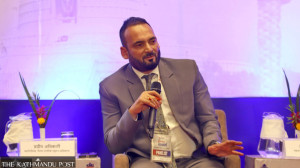National
Load-shedding allegations continue to haunt government
Utility insists supply is stable. Blames rainfall, spike in borewell use, network issues.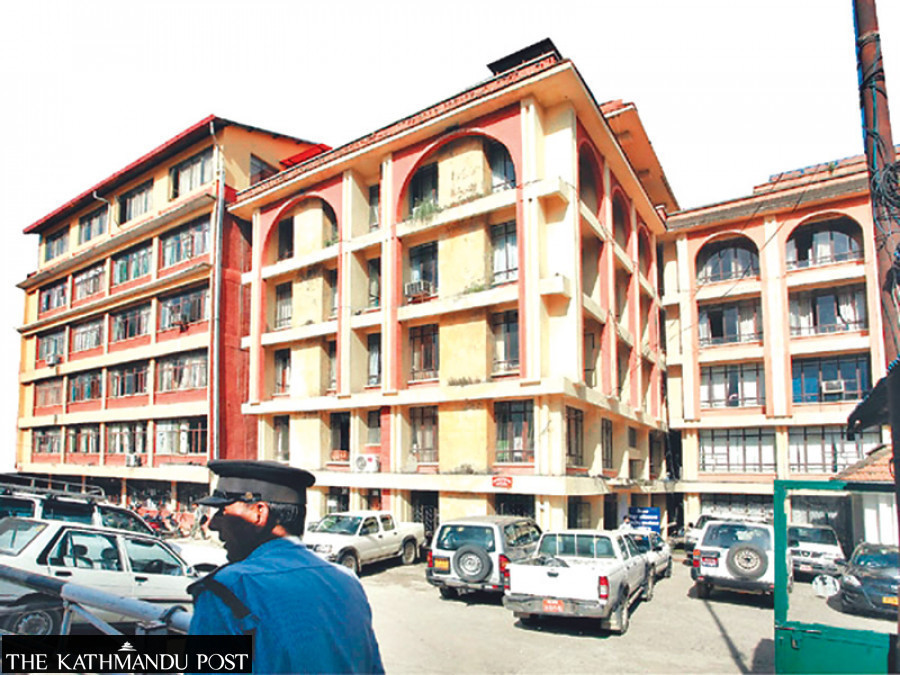
Purushottam Poudel
Speaking in the House of Representatives on Wednesday, Minister for Energy, Water Resources and Irrigation Deepak Khadka rebutted claims of load-shedding. He said electricity supply was smooth across the country, except for a few pocket areas.
Since taking charge of the Nepal Electricity Authority (NEA) on March 24, Executive Director Hitendra Dev Shakya has repeatedly dismissed claims of ‘load-shedding’, official or otherwise. Yet consumers nationwide continue to face frequent power disruptions, which officials attribute to technical faults, infrastructural limitations, and the monsoon.
NEA chief Shakya claimed on July 28 that there were no power cuts anywhere in the country. When concerns were raised during his Chitwan visit, Shakya asserted that occasional technical problems were misinterpreted as load-shedding.
On July 27, a notice had circulated claiming that one-day load-shedding would be enforced at six places in Chitwan. After public outrage, Shakya himself visited Chitwan to address the issue.
“The power outages were a result of the existing electricity network not being able to bear the load due to rising temperatures and a lack of rainfall,” Shakya told journalists in Bharatpur. “The fact had been misinterpreted and used to tarnish the authority’s reputation.”
After the government sacked then-NEA chief Kulman Ghising on March 24, a few months before he completed his four-year tenure, and appointed Shakya as the new chief, people began suspecting that either there was load-shedding or there would be one in the future.
Responding to questions from reporters about whether the NEA had sent a wrong message by issuing notices reminiscent of past load-shedding years, the executive director claimed that such notices were released due to pressure from people visiting substation offices. “They put us under pressure to ‘publish a load-shedding schedule’ and in some places even staged sit-ins,” Shakya said.
He claimed that, due to a lack of rainfall, farmers were operating all their borewells simultaneously and the system could not handle the spike in load. “We told them not to operate them from 5 pm to 9 pm, but no one listened,” Shakya had said. “This is the main issue in most districts in the Terai.”
Despite his claims, people have been putting up with unexplained power cuts.
“There is indeed no formal load-shedding, but there have been frequent disruptions in power supply. Even on Thursday, our area faced a low voltage supply, which made lights dim and appliances malfunction,” said Shankar Pandey, a resident of ward 5 of Kirtipur Municipality. “We have been experiencing disturbances every other day.”
Raju Regmi, a permanent resident of Basdila, Bhairahawa, has had a similar experience. Though it is the rainy season, the area’s temperature is excessive. Regmi, over the phone, told the Post that due to the disturbance in the power supply, people are suffering.
An NEA official, who spoke anonymously, said there might be issues in the local distribution stations, which cause these disturbances.
“To address the issue, substations must be established at the local level. But as people often obstruct the construction of high-voltage lines citing health and other concerns, it has been difficult to ensure uninterrupted power supply,” the officer said.
“Also, not every feeder line has been smoothly operated,” the officer said. “But the NEA is constantly monitoring the system.”
However, senior engineer Raju Maharjan at the Ministry of Energy links the power disruptions to the rainy season. Maharjan claims that the country’s network of transmission lines passes through forests where wet ground and storms cause tree branches to touch wires and disrupt power supply.




 6.12°C Kathmandu
6.12°C Kathmandu

